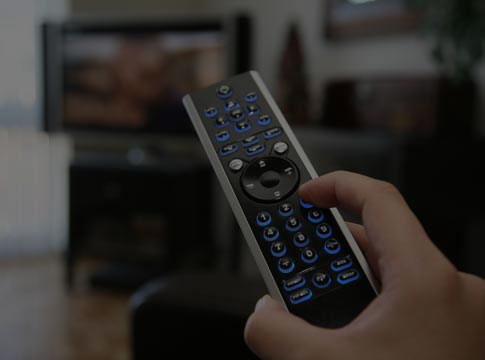Using a generator when the power goes out is a great option, but safety should be the top priority for both you and utility workers.
There are two kinds of generators, portable and permanent. Portable generators are intended to provide power to an extension cord which is then plugged directly into an appliance or piece of equipment. Permanent generators are wired directly into the electrical system of your home.
Safety tips for all generators
- Always follow the guidelines in your operator's manual
- Know how to shut off the generator in case of an emergency
- Never modify the generator in any way
- Never refuel a generator while it is running or hot
- Periodically run the generator to ensure it will start and run properly
Portable Generators
Portable generators can't power your entire home, as most typically generate about 1,500 to 8,000 watts. Plugging the generator into an electrical outlet inside (or outside) your home, or running it through the electrical panel without a professionally installed cut-off switch is extremely dangerous and will put you and our utility crews in life-threatening danger. Instead, you should plug an extension cord directly into an appliance. Use a heavy-duty extension cord rated for the size of your generator.
It is very important to take care when choosing a place for the generator. You don't want deadly carbon monoxide to creep in. The exhaust from a generator, like from any combustion engine, is dangerous. A small generator puts out a hundred times more carbon monoxide than car exhaust.
Be safe and install carbon monoxide detectors in main living and sleeping areas in your home. Locate portable generators at least 10 feet away from your home and never near a door, window or vent. Find a dry location and if need be, you can use a portable canopy to shield it from the rain.
Connecting a Portable Generator to Your Home
In order to safely connect a portable generator to your home, you must use a UL-approved transfer switch or interlock to prevent dangerous electrical backfeed. For safety reasons, we recommend that you have a licensed electrician install the transfer switch or interlock (in most cases manufacturers require installations to be completed by a licensed electrician). The installation must be permitted, inspected and approved in compliance with the National Electric Code along with local, county and state requirements.
Among the various available transfer switch solutions, customers may choose to use a transfer switch via the meter socket. To connect a portable generator to your home using a transfer switch via the meter socket, follow the steps below:
- Purchase the switch.
- For safety reasons, we recommend that you have a licensed electrician install the transfer switch (in most cases manufacturers require installations to be completed by a licensed electrician). The electrician will arrange for EWEB to disconnect your service and remove the electric meter so that the switch can be installed.
- The installation must be permitted, inspected and approved in compliance with the National Electric Code along with local, county and state requirements.
- Once the work has been completed, EWEB will re-install and seal the meter and reconnect the electric service. As the switch installation typically takes only a few minutes, this work can often be done by EWEB in the same visit. There is no cost for EWEB to disconnect and reconnect service during regular business hours.
Connecting a Battery Storage System to Your Home
In order to safely connect a battery energy storage system (BESS) to your home, the interconnection requirements below must be met. For safety reasons, we recommend that you work with a licensed electrician (in most cases manufacturers require installations to be completed by a licensed electrician). The installation must be permitted, inspected and approved in compliance with the National Electric Code along with local, county and state requirements.
-
- EWEB’s standard EC5-A.8000 Interconnection Requirements for Customer Generation Facilities of Less than 200 kW.
- BESS must be listed in the California Energy Commission’s Solar Equipment Lists.
- BESS must isolate itself from EWEB's electric distribution system through automatic means when the BESS switches to backup mode. There should be no instance where the BESS is able to dispatch onto EWEB's electric distribution system.
- Disconnect switch on the AC side of the inverter shall be provided within 5 feet of the meter if the service is a CT service.
- BESS installer can work with EWEB Systems Engineering on these requirements.
Permanent generator
Permanent generators are wired directly into your home's electrical system. They are also referred to as stand-by generators.
Installing these types of generators require the help of a licensed electrician. The installation must be in compliance with the National Electric Code along with local, county and state requirements.
A permanent generator must include a transfer switch. The transfer switch allows power to be fed from only one source at a time, which prevents the generator from feeding back into utility lines.
More about electric safety
We regularly receive reports of power outages that are actually a tripped breaker on the customer's circuit panel. Checking your circuit panel before reporting an outage can save you hassle and money.



